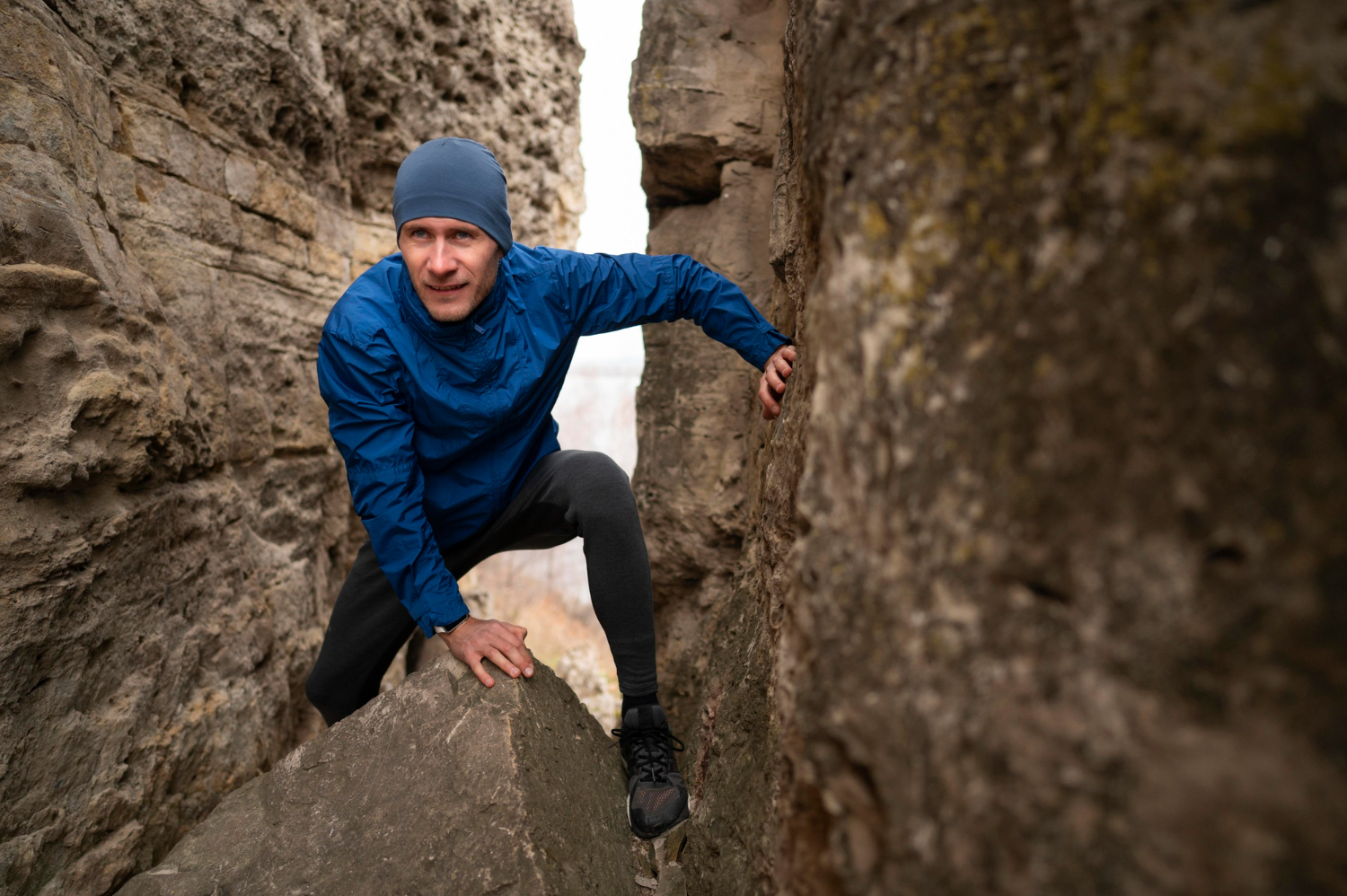Climbing is an exhilarating sport that demands a lot from the human body— strength, flexibility, and mental focus. However, with great physical demands come the risks of injury. In this article, we will delve into the nuances of preventing injuries and the measures you can take to recover if you get injured.
What are the common climbing injuries?
Before diving into how to prevent injuries, it is essential to know the common types of injuries climbers face. Understanding what you are up against can help you tailor your prevention and recovery strategies.
Finger and hand injuries, such as pulley strains or ligament tears, are common due to the intense grip needed in climbing. Shoulder injuries like rotator cuff strains and impingements can also be a concern. As for lower body injuries, they may include ankle sprains or knee problems.
Knowing the types of injuries prevalent in climbing is the first step towards prevention. Familiarize yourself with these common issues and remain vigilant while climbing.
Preventive measures
Prevention is always better than cure, especially in a physically demanding sport like climbing. Implementing the proper preventive measures can significantly reduce the risk of injuries.
Conditioning and training
Strength and conditioning exercises tailored to climbing can prepare your body for the sport’s physical demands. Work on your core strength, finger grip, and shoulder stability. Stretching and flexibility exercises can also go a long way in preventing muscle strains.
Proper technique
Using poor climbing techniques limits your climbing abilities and puts you at risk for injuries. Learning and consistently applying proper techniques can significantly reduce this risk.
As you can see, a comprehensive preventive strategy can help you avoid many common climbing injuries.
What recovery strategies exist?
Despite all preventive measures, injuries can still occur. Knowing how to recover is just as important as avoiding injuries.
RICE method
For immediate first-aid, the RICE method — Rest, Ice, Compression, and Elevation — is highly adequate for most sports injuries. Applying this approach can mitigate the initial impact of the damage and pave the way for professional medical treatment.
Ice and heat therapy
Both cold and hot treatments can aid in recovery but serve different purposes. Ice packs can minimize inflammation and numb the area to dull pain. Heat therapy, however, can relax and warm tissues and stimulate blood flow to the area. Knowing when to use each can be vital for effective recovery.
Physical therapy
Physical therapy may be necessary for more severe injuries. A tailored regimen focusing on the injured area can speed up recovery and provide you with tools to prevent future injuries.
Medication
Over-the-counter medications like anti-inflammatory drugs can temporarily relieve pain but should not replace professional medical advice. Prolonged use can have side effects and may not address the underlying issue. Always consult with a healthcare provider for a comprehensive treatment plan.
Rest and recuperation
Give your body the rest it needs. Climbing places enormous stress on your muscles, joints, and ligaments. Depending on the severity of your injury, your doctor might recommend complete rest or limited physical activities to speed up recovery.
Nutrition and hydration
What you eat can significantly affect how quickly you recover from an injury. A protein-rich diet, essential vitamins, and minerals support muscle recovery. Keeping hydrated is equally crucial. Water is vital for nearly every metabolic process, including tissue repair.
Psychological recovery
Injuries can be emotionally draining and can even lead to anxiety or depression. Engaging in mental recovery strategies such as meditation, visualization, or speaking with a sports psychologist can be beneficial.
Re-assessment and gradual return
Once you have recovered, you should re-assess your condition before returning to climbing. Consult with healthcare professionals to ensure that you are ready, and when you do return, ease into it. Gradually increase the intensity of your climbs to allow your body to readjust without the risk of re-injury.
Recovery is a crucial component of your climbing journey. Quick initial treatment and a structured recovery process will get you back on the rocks sooner rather than later.
The role of gear in injury prevention
Gear plays an underrated yet significant role in injury prevention. Having the right equipment can make a huge difference in your climbing experience.
Harness and ropes
Using a well-fitted harness and quality climbing ropes can minimize the risk of falls. Always inspect your gear before climbing and replace any items showing signs of wear and tear.
Climbing shoes
The right climbing shoes can also aid in preventing injuries. Properly fitted shoes with the proper grip can prevent slips and offer better control during climbs.
Never underestimate the importance of quality gear in preventing injuries. Investing in good equipment is investing in your safety.
Conclusion
Climbing is a physically intensive sport that offers a lot of excitement and challenges. However, it would help if you learned more about the common injuries, the preventive measures and recovery strategies to tackle them. Being well-informed can go a long way in ensuring a long and fulfilling climbing career.
Do you have any questions or need more information on this topic? Feel free to reach out to us for further guidance. Happy climbing!
